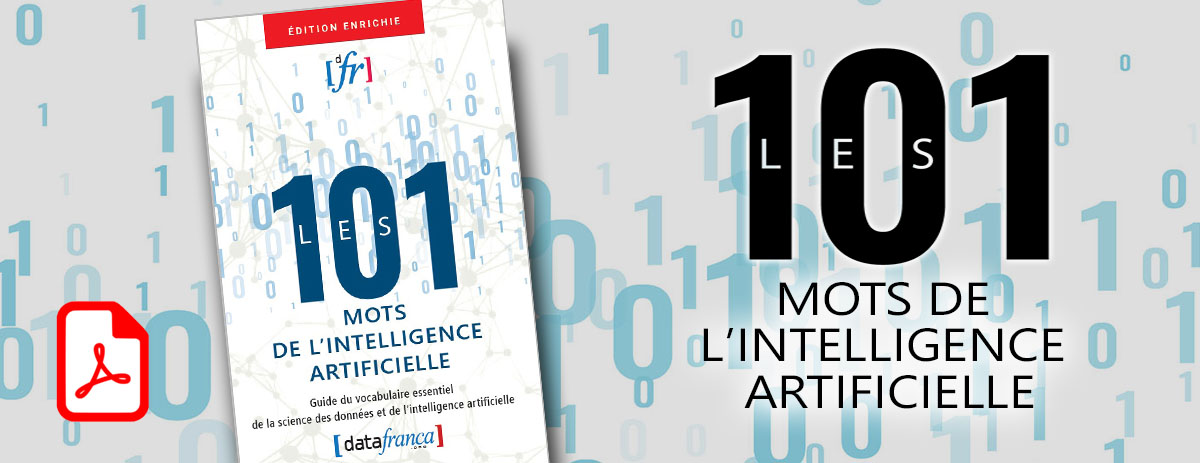« Backward chaining » : différence entre les versions
m (Remplacement de texte : « ↵↵<small> » par « ==Sources== ») |
m (Remplacement de texte : « ↵↵↵==Sources== » par « ==Sources== ») |
||
| Ligne 15 : | Ligne 15 : | ||
Backward-chaining is to be contrasted with forward chaining. | Backward-chaining is to be contrasted with forward chaining. | ||
==Sources== | ==Sources== | ||
Version du 29 janvier 2024 à 09:11
Rediriger vers :
Anglais
backward chaining
Backward chaining is a means of utilizing a set of condition-action rules. In backward chaining, we work back from possible conclusions of the system to the evidence, using the rules backwards. Thus backward chaining behaves in a goal-driven manner.
One needs to know which possible conclusions of the system one wishes to test for. Suppose, for example, in a medical diagnosis expert system, that one wished to know if the data on the patient supported the conclusion that the patient had some particular disease, D.
In backward-chaining, the goal (initially) is to find evidence for disease D. To achieve this, one would search for all rules whose action-part included a conclusion that the patient had disease D. One would then take each such rule and examine, in turn, the condition part of the rule. To support the disease D hypothesis, one has to show that these conditions are true. Thus these conditions now become the goals of the backward-chaining production system. If the conditions are not supported directly by the contents of working memory, we need to find rules whose action-parts include these conditions as their conclusions. And so on, until either we have established a chain of reasoning demonstrating that the patient has disease D, or until we can find no more rules whose action-parts include conditions that are now among our list of goals.
Backward-chaining is to be contrasted with forward chaining.
Sources
Contributeurs: wiki










